Architecture is for the photographer Julius Shulman what green peppers and sand dunes were for Edward Weston or Yosemite for Ansel Adams. Born in 1910, Shulman’s iconic images have become a staple of every book or magazine that touches on the subject of modern architecture.
In recognition of his reach and historical significance, the Getty Center-Research Institute acquired Shulman’s archive of 70,000 images earlier this year; currently, a selection of those images is included in “Julius Shulman, Modernity and the Metropolis” in the institute’s exhibition gallery.
Shulman sees formal elegance in what others might overlook: banks, gas stations, churches and restaurants, for example. His keen compositional eye discovers the iconic aesthetics of edifices, revealing and reveling in their symmetry. Although he has photographed using color throughout his career, his work is best known for its vivid use of black and white.
Brooklyn born but an L.A. resident since 1920, Shulman has also documented the development and urbanization of Southern California with the same eye for detail that New Deal photographers like Dorothea Lange recorded the Dust Bowl.
Shulman’s structural subjects stretch from the Shangri La mountains in Ojai to Chavez Ravine to the Stratosphere at Los Angeles International Airport.
A 1964 gelatin silver print of the Richard Neutra-designed Moore residence in Ojai prominently features the mountain range where Frank Capra shot the Himalayan sequences of 1937’s “Lost Horizon.”
A 1953 photo reveals the Chicano neighborhoods of Chavez Ravine, before they were bulldozed to make way for Dodger Stadium, .
A 1960 image of the famed Chemosphere, created by John Lautner and now belonging to the German publisher Benedikt Taschen, illustrates the futuristic vogue of space-age design as Kennedy’s New Frontier dawned.
A 1947 photograph of the patio of the 1936 home Neutra originally designed for movie director Josef von Sternberg shows the architect socializing with Ayn Rand at her Northridge home, where the author wrote “Atlas Shrugged.”
In an interview, Shulman declared: “The point is, I want to expose to the public what it’s like to live in a contemporary house … not 1890 or 1790, but a house that is done in this day and age … to avail ourselves of the best possible architecture … floor plan, the best productive way of enjoying their lifestyles…. So, my photography has successfully portrayed for 69 years how it is to live in a good house.”
The exhibition shows that Shulman’s interests aren’t limited to homes, however. Throughout the decades, Shulman’s unerring eye has captured the architectural Zeitgeist of each era. For instance, the peaked Melanesian-style roof of Coffee Dan’s coffee shop in Van Nuys expresses the tiki craze of postwar Pacific Island-inspired architecture. Another series from the 1960s focuses on churches in California, Colorado and Illinois.
Shulman still lives in the same house in the Hollywood hills that architect Raphael Soriano built for him in 1960. Still feisty at 95, he continues to take photographs and travels widely. He also lectures and presents workshops and seminars, most recently in Philadelphia and Frankfurt.
“Julius Shulman, Modernity and the Metropolis” continues through Jan. 22 at the Getty Center-Research Institute, 1200 Getty Center Drive Los Angeles. For information call (310) 440-7300.
As a child, teachers complained to my parents that I was neglecting my studies by “drawing flying men,” yet I went on to create Manaman, the Noble Savage, the first Polynesian comic strip published in a weekly newspaper, The Samoa Times. Cartoon and comic book artists have long been the Rodney Dangerfields of artists, denied respect by the art world establishment, so I’m personally gratified that the Hammer Museum and the Museum of Contemporary Art have joined forces for an unprecedented collaboration to present the dual-venue exhibition, “Masters of American Comics.”
This rock-’em-sock-’em exhibition reveals why there are often more exclamation points in a single comic than in the entire Bible, displaying 900 objects by 15 cartoon and comic book artists who helped shaped this cinematic medium with its close-ups, long shots and camera angles.
“More than half of the artwork displayed [are] original drawings by the artists’ … pen and ink, that are one of a kind … made for reproduction in the newspapers or comic books, and a large selection of old printed newspaper pages and comic books … and graphic novels,” explained co-curator/cartoonist Brian Walker, son of Mort Walker, creator of “Beetle Bailey” and “Hi and Lois.”
Some may feel the show makes omissions, such as DC Comics, which gave us “Superman” and “Batman.” But Walker said he and his co-curator, art historian John Carlin, selected the artists included in the show because they were “all … very influential in their times and influenced other artists.”
The exhibition “focuses on form over content,” he said. The artists include George Herriman (“Krazy Kat”), E.C. Segar (“Popeye”), Chester Gould (“Dick Tracy”), Milton Caniff (“Terry and the Pirates,” “Steve Canyon”), Charles Schulz (“Peanuts”), Will Eisner (“The Spirit”), Jack Kirby (“Captain America,” “Fantastic Four”), Harvey Kurtzman (“Mad Magazine”), R. Crumb (“Zap Comix”) and Art Spiegelman (“Maus,” “In the Shadow of No Towers”).
As with movies, musicals and other art forms, Jews “made a tremendous contribution in all areas of cartooning,” Walker said. “Most of the early comic book artists were Jewish.”
Fleeing pogroms and other persecution, newly arrived immigrants and their children often felt powerless, so they compensated by creating superheroes who defended the underdog, especially during the Nazi era. Ancient traditions, from Moses to the Golem, influenced these Jewish artists, from Superman’s Siegel and Schuster to Batman’s Bob Kane to Spiderman and the Fantastic Four’s Stan Lee to Li’l Abner’s Al Capp. Of the artists represented in the exhibition, Kirby (born Jacob Kurtzberg), Eisner, Kurtzman and Spiegelman all are Jewish.
The Hammer’s portion of the exhibition presents work from the first half of the 20th century, while MOCA is showing work from the 1950s on. Admission at each of the venues also includes a $2 discount for admission at the other museum. As the Thing, who was revealed to be a Jew, says, “It’s clobbering time” for the joint exhibitions through March 12.
“Masters of American Comics” continues through March 12 at the Museum of Contemporary Art, 250 S. Grand Ave., Los Angeles, (213) 626-6222, and at the UCLA Hammer Museum, 10899 Wilshire Blvd., Los Angeles. (310) 443-7000.
Jennifer Bornstein’s work on view at MOCA may initially appear to the unsuspecting eye to be pencil sketches, but they are, rather, copperplate etchings rendered through the archaic intaglio printmaking process used by Rembrandt, Blake and Goya.
Bornstein’s acid-dipped, serialized image-making technique is the most outstanding aspect of this first installment in the museum’s new Focus series, which is designed to highlight Southern California artists.
Produced since 2003, the 55 images by the Seattle-born 35-year-old include slices of life depicting ordinary people Bornstein has encountered, as well as abstractions and historical personages derived from photographic sources. The latter include images of Margaret Mead clad in aboriginal apparel, taken during the 1920s when the anthropologist conducted her South Seas fieldwork for “Coming of Age in Samoa.” In the frontal full shot, “Margaret Mead in Authentic Samoan Dress,” a youthful Mead stands on a mat of plaited pandanus, or coconut leaves, in a tapa lavalava (barkcloth sarong) that is decorated with breadfruit leaf designs.
My favorite work in the show is the most detailed etching, which best reveals Bornstein’s deft touch. In “Study for 16MM Film (Ruth Benedict, Lover and Mentor of Margaret Mead, Kneeling on a Hand Woven Navajo Blanket),” the ethnologist wears traditional haberdashery and a meticulously rendered garment designed with Pacific Northwest Indian animal iconography.
Bornstein said she feels an affinity for Mead’s work.
“There’s an anthropological aspect to what I do,” said the artist, who lives in Hollywood. She called her subject “a curious character … simultaneously really wonderful and problematic in the way she practiced anthropology.
“She’s a woman who got so far in that field. I felt she was very familiar to me, and I was working in a way that wasn’t so far from her own work.”
Other notables represented include ex-City Councilman Joel Wachs, Fatty Arbuckle, Lotte Lenya and even Bertolt Brecht’s Santa Monica home, where the playwright lived after fleeing Hitler. In a closely cropped etching redolent with irony, silent film comedian Buster Keaton — famed for his agility — faces the viewer, standing on crutches, his right foot bandaged.
Other less exotic works by Bornstein, who is also a sculptor and experimental filmmaker, are ruminations on roommates, relatives and friends going about everyday activities. These include “Alex Doing His Homework” and “Teenage Roommate Digging in Fridge.” They fall somewhere between ho-ho-ho and ho-hum.
Bornstein’s abstractions include proposals for sculptures, plus “Maps of Trails in Griffith Park, Drawn From Memory While Waiting for the Bus in New York City.” The latter resembles the playing board for the global conquest game, Risk, and is whimsical at best.
“Jennifer Bornstein” continues through January at MOCA, 250 S. Grand Ave., Los Angeles (213) 626-6222.
Ed Rampell is the author of “Progressive Hollywood, a People’s Film History of the United States” (The Disinformation Company, 2005).







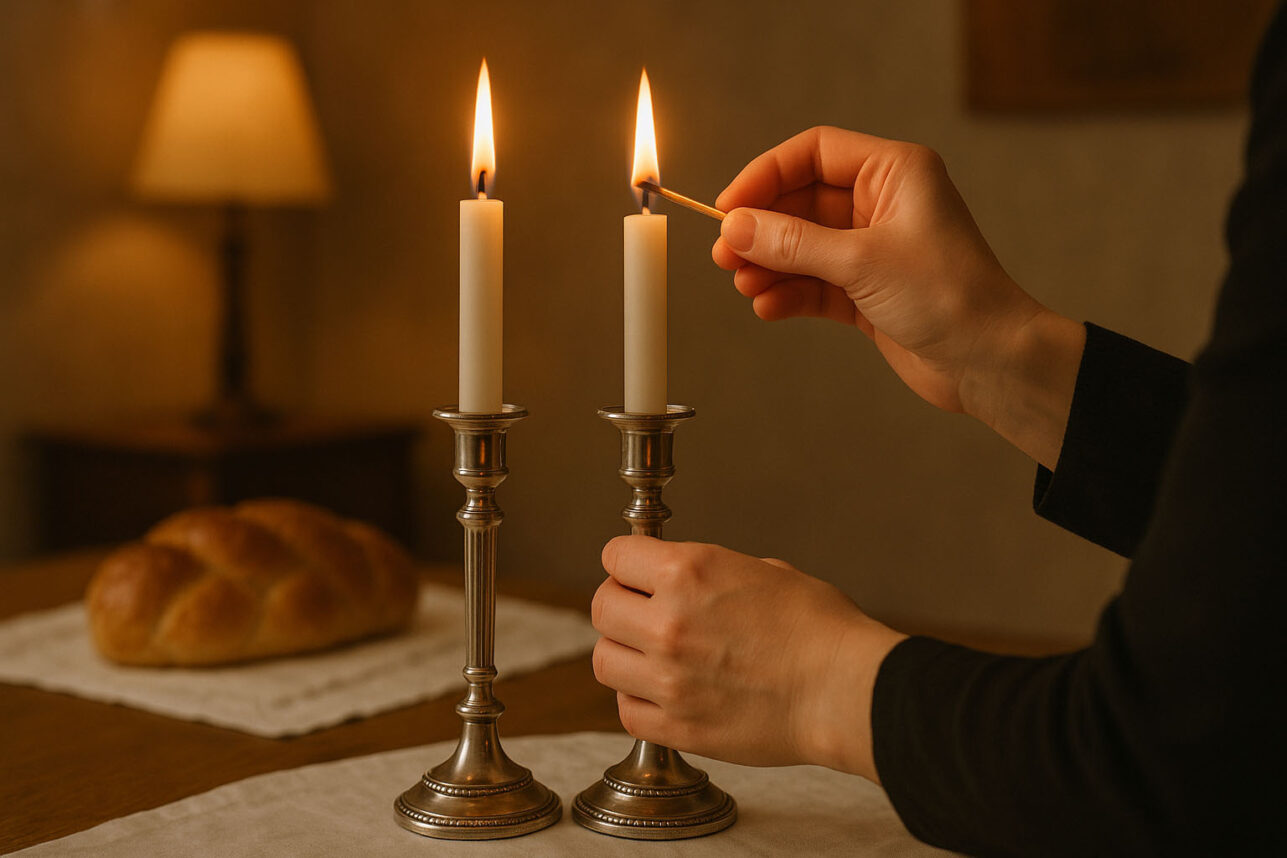
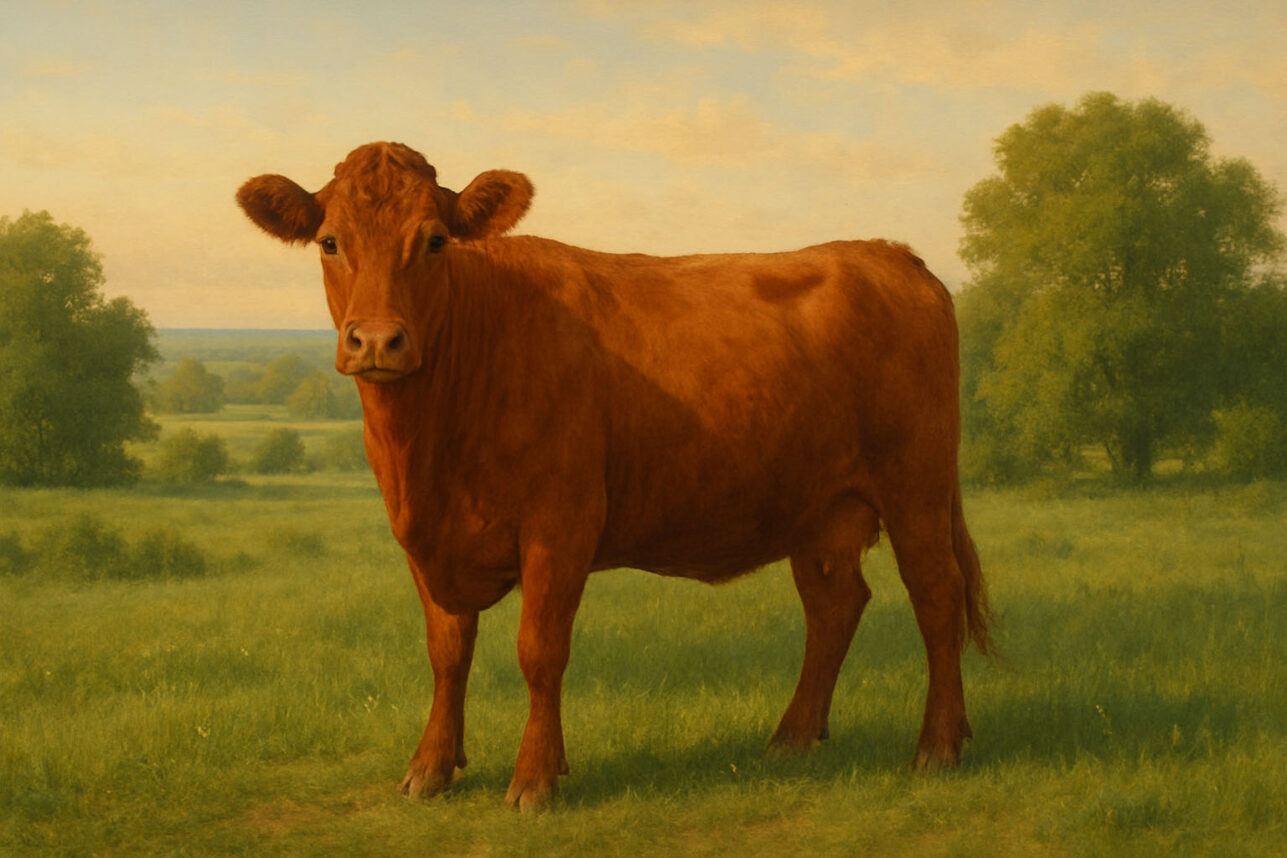

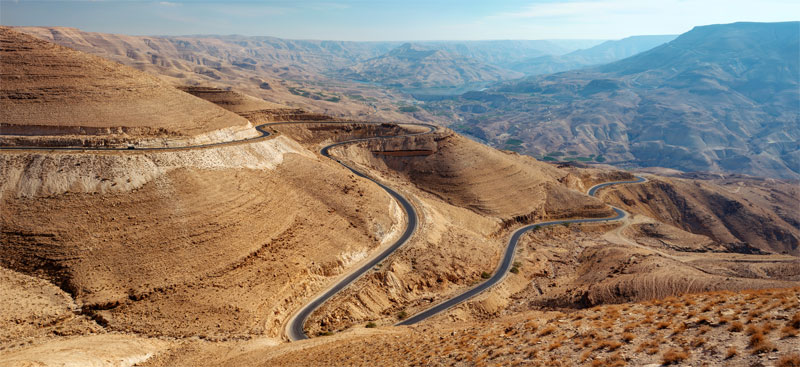



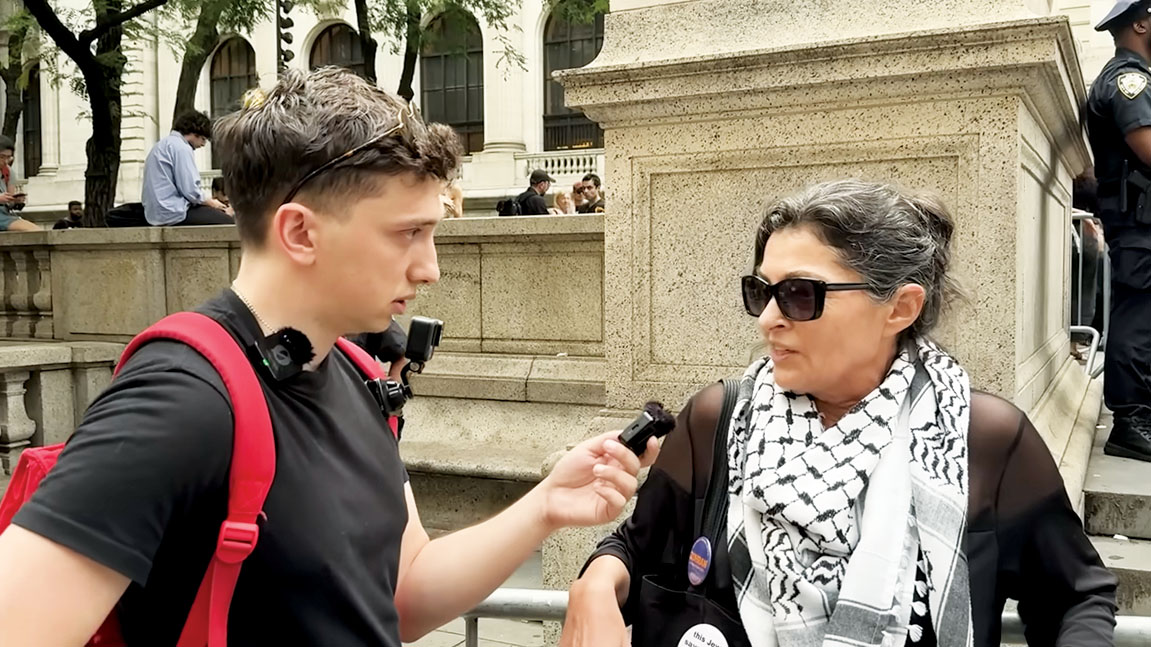




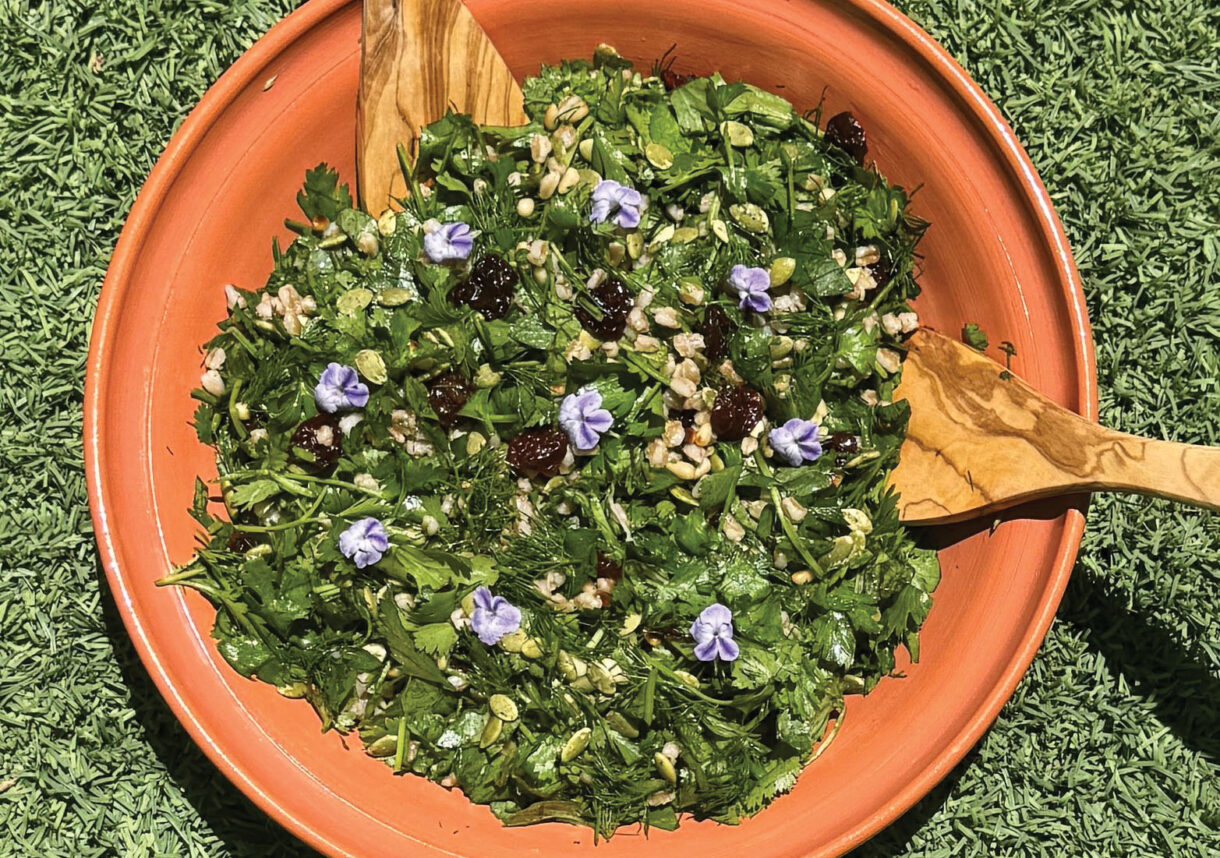
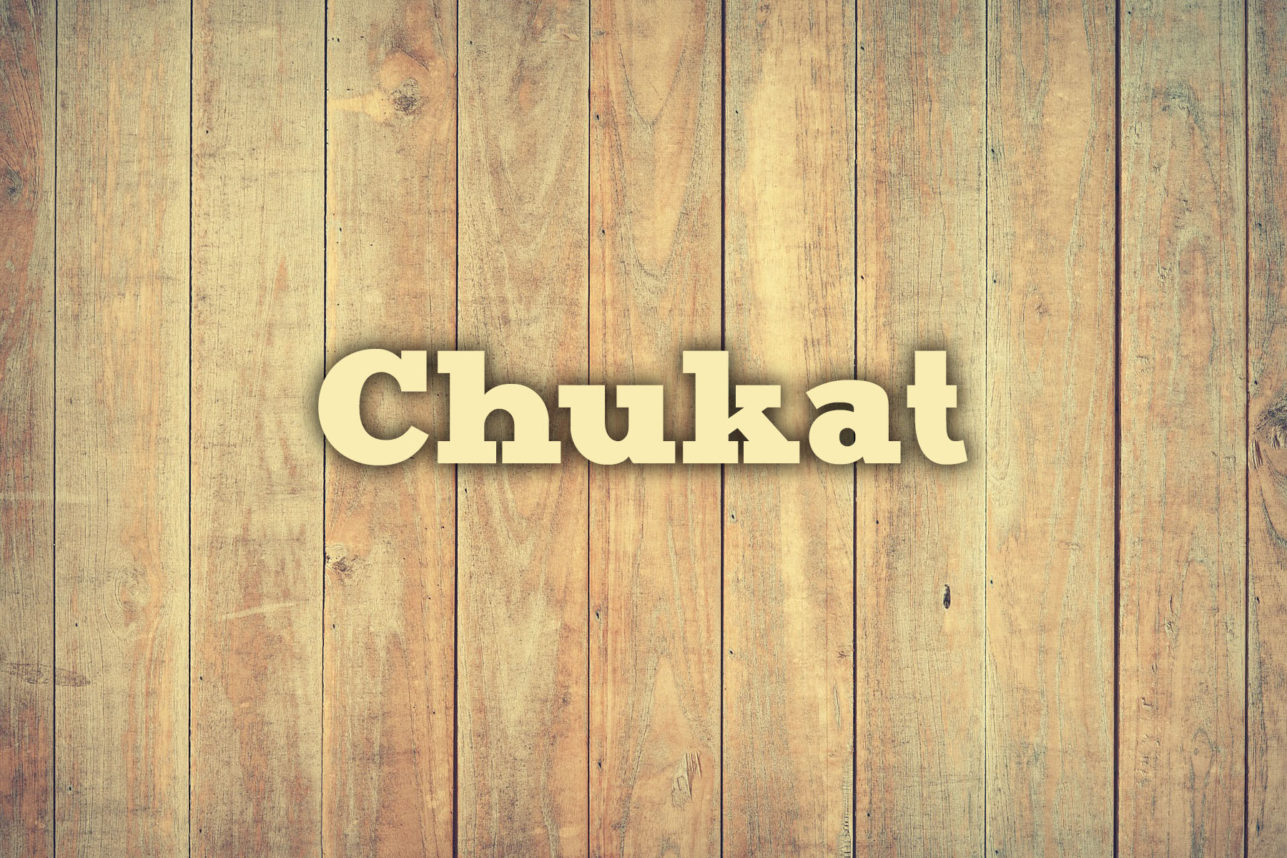
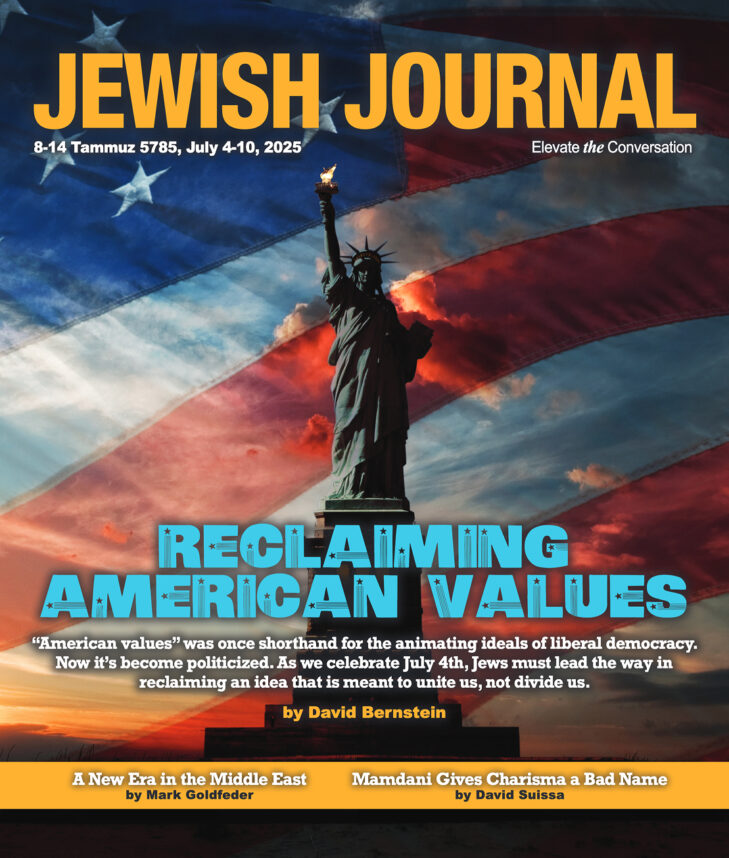
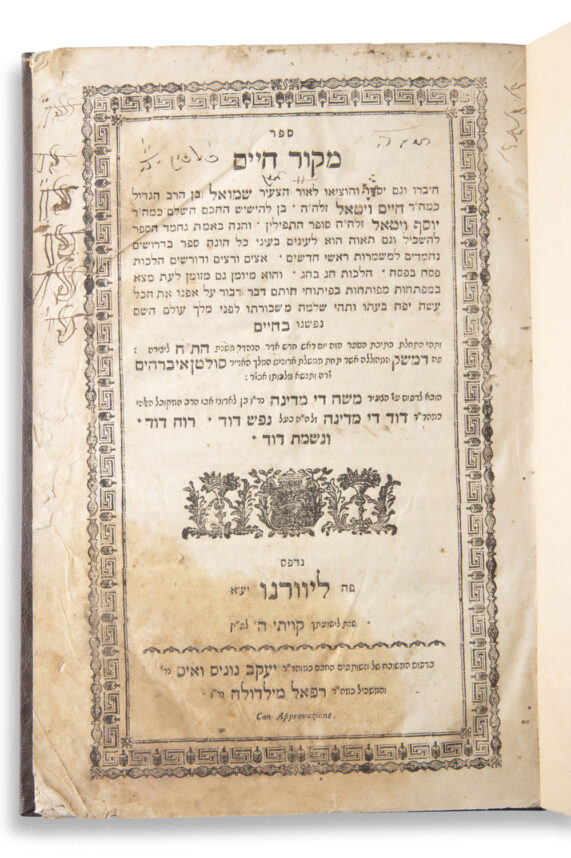
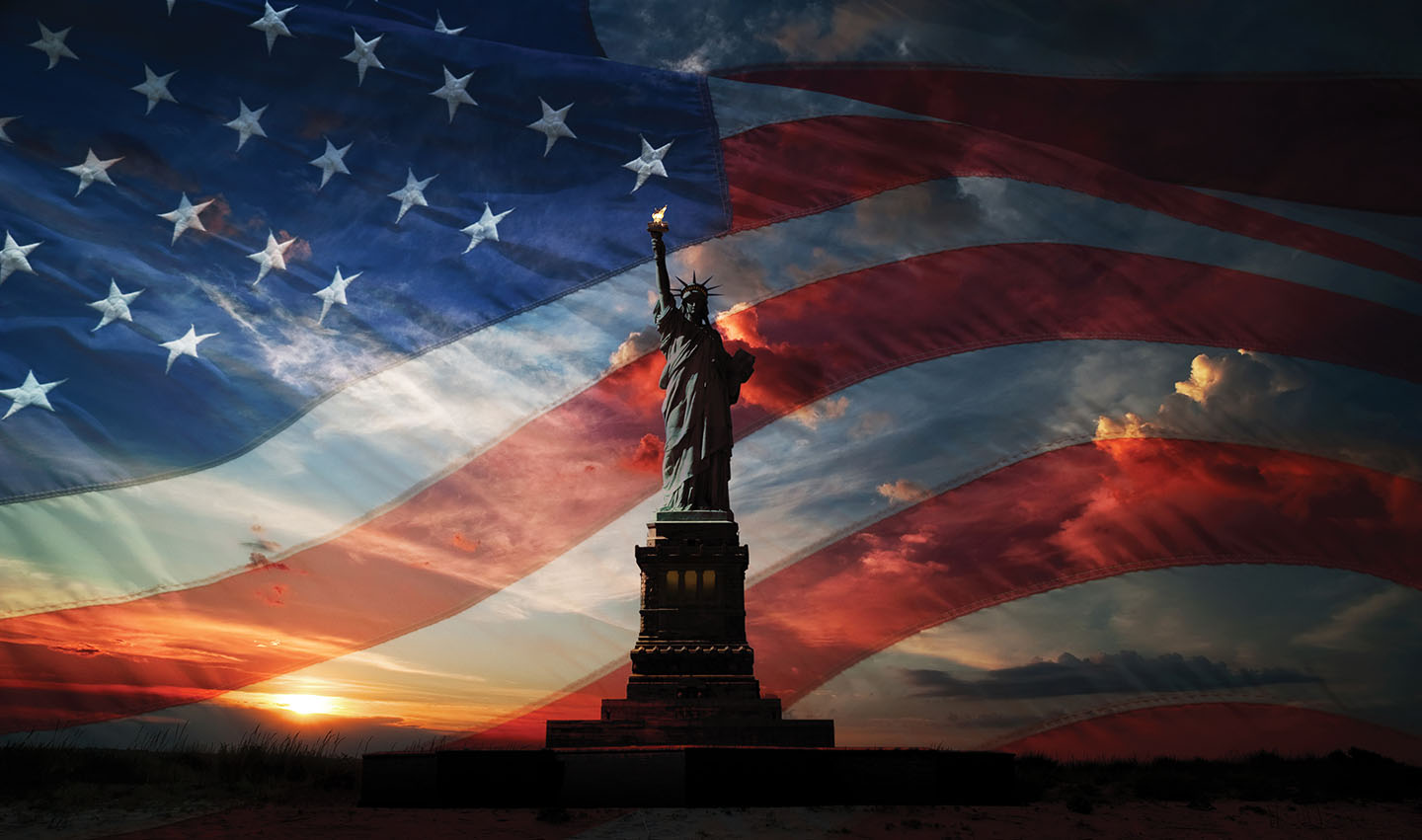

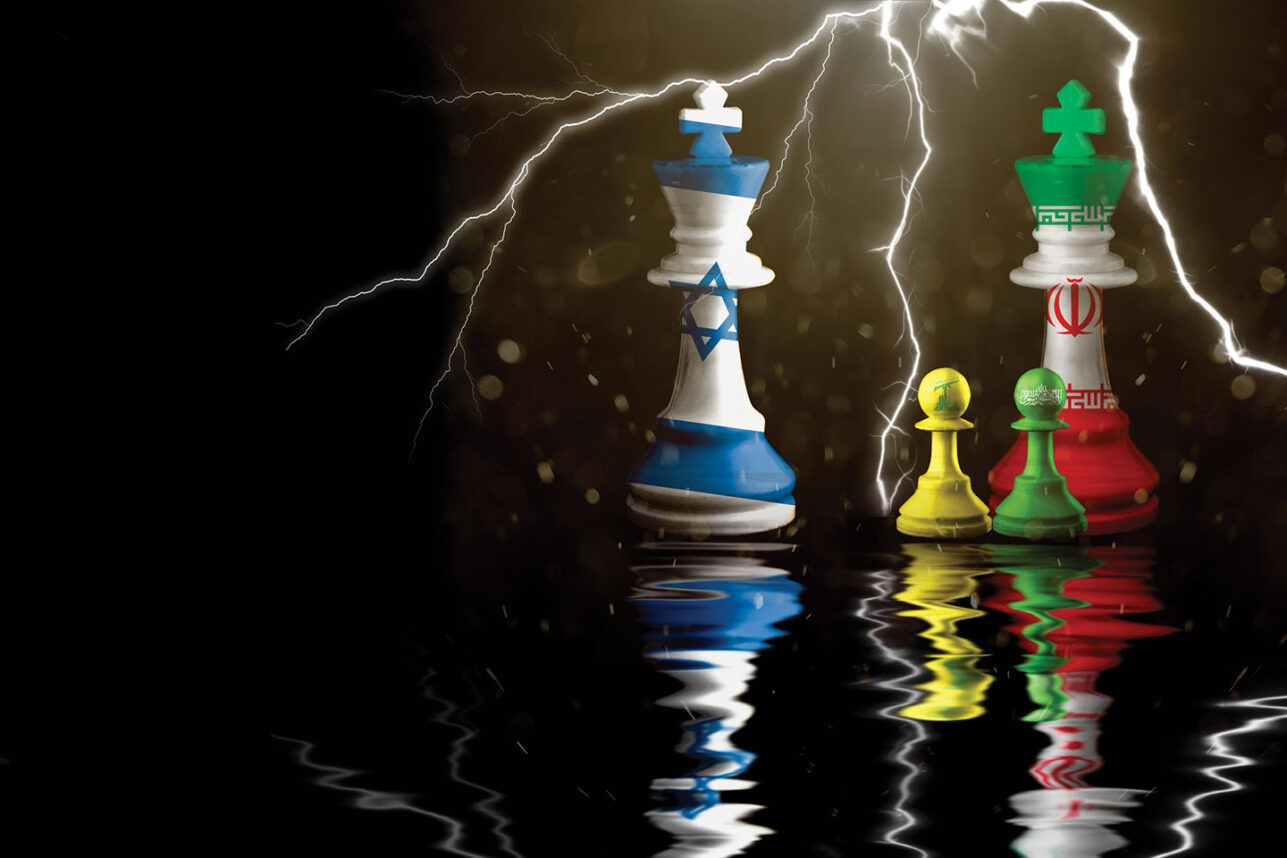

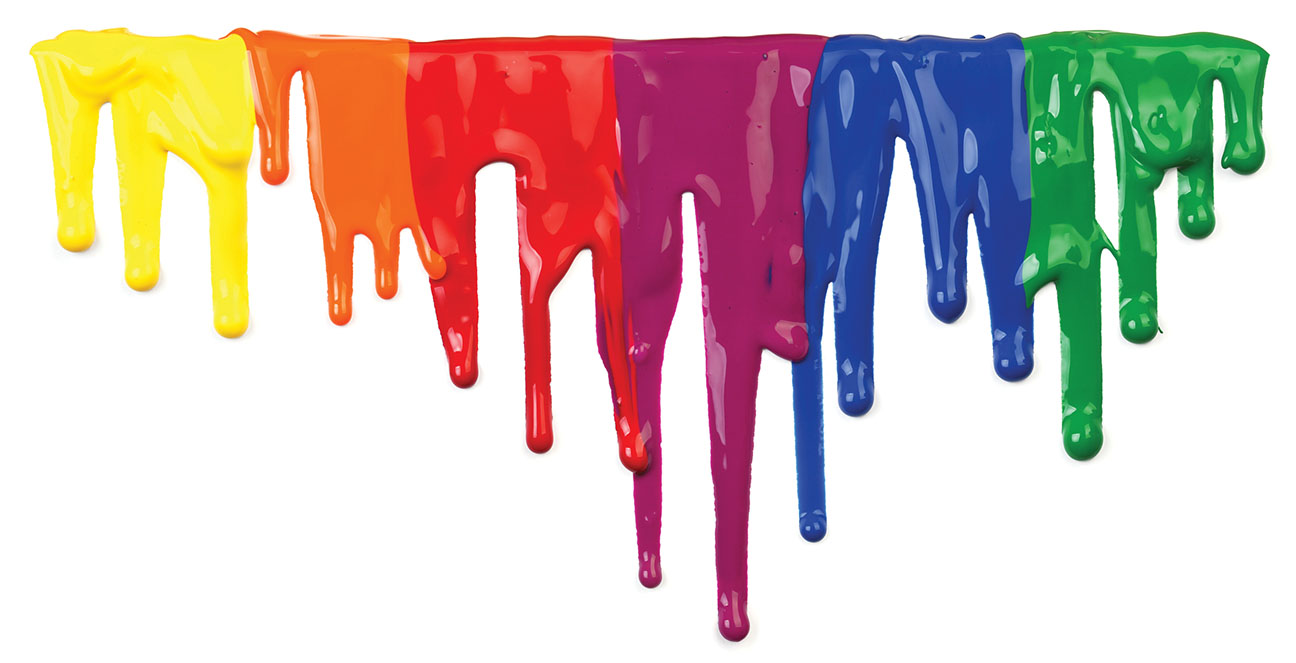
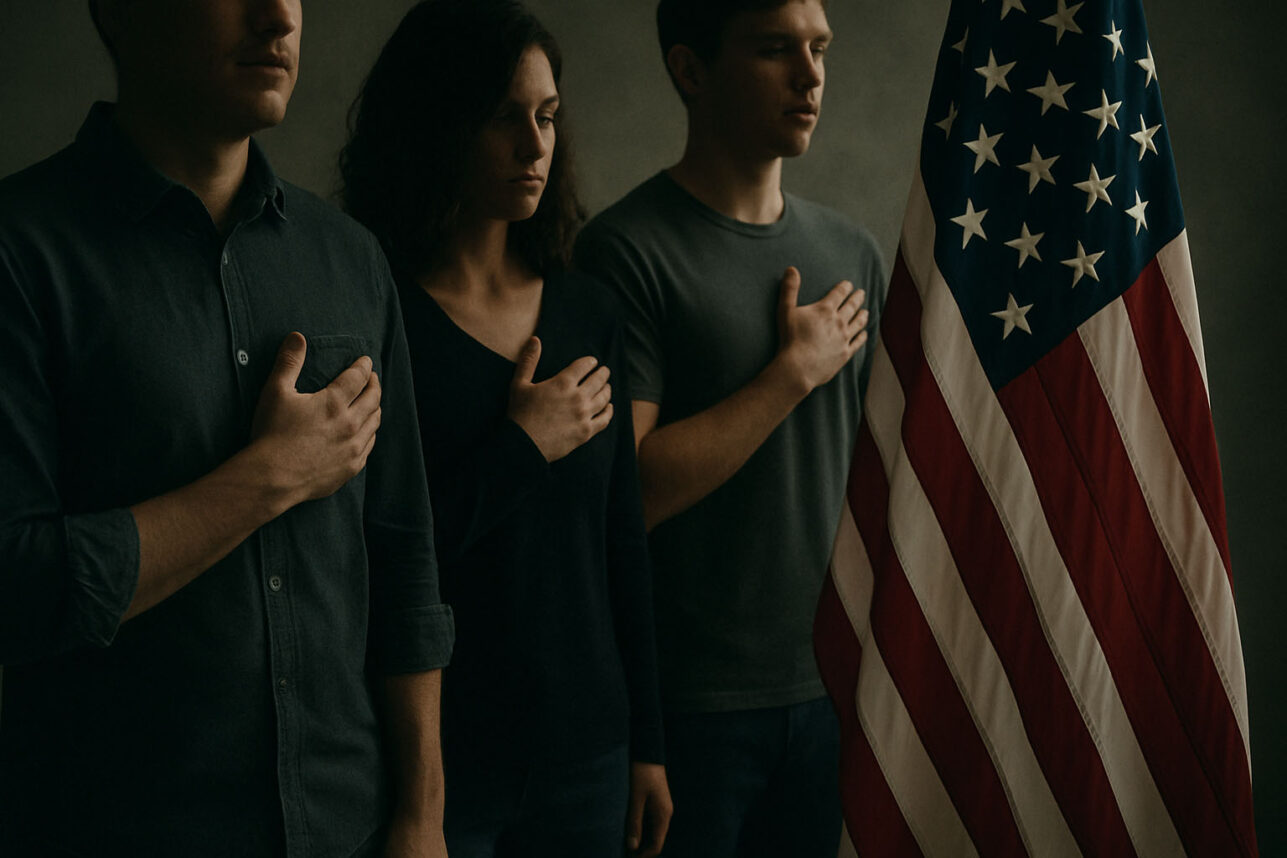
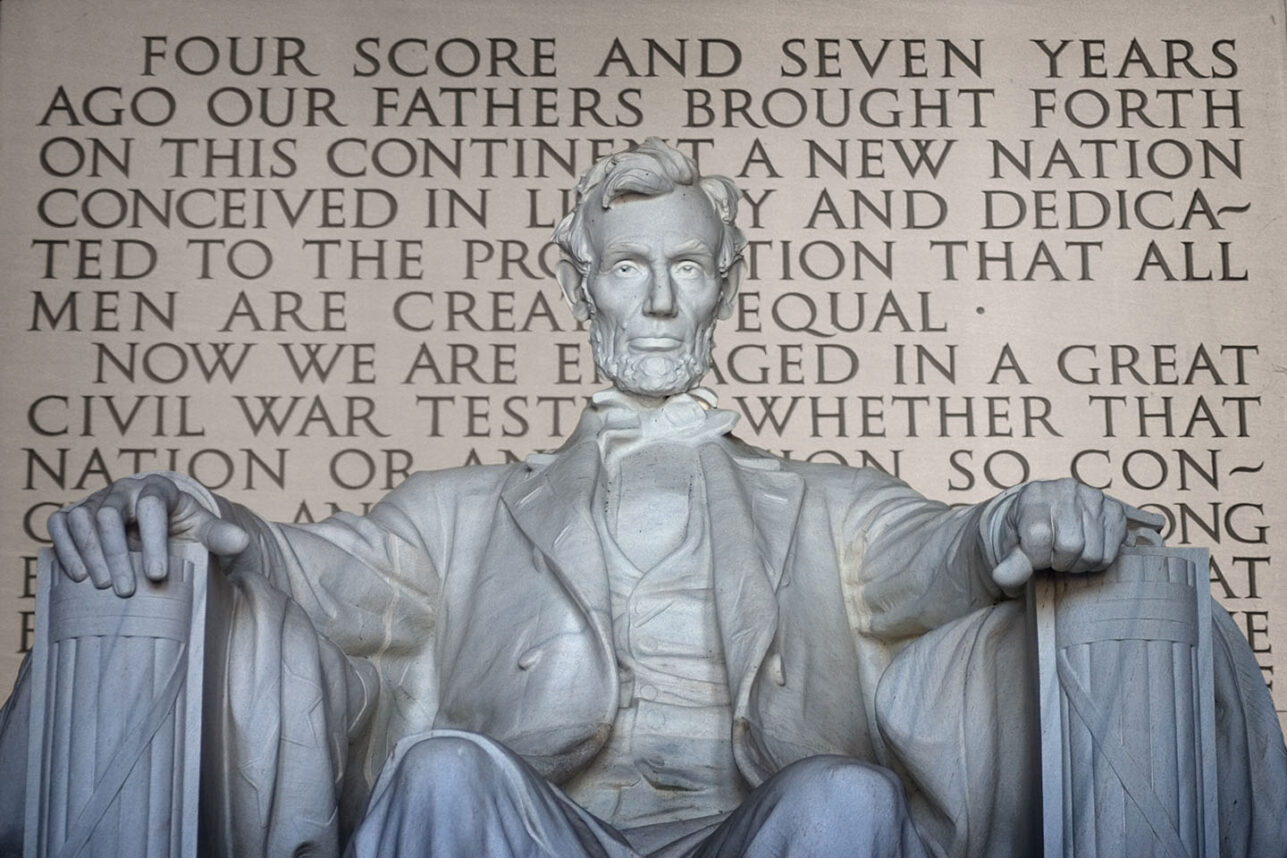
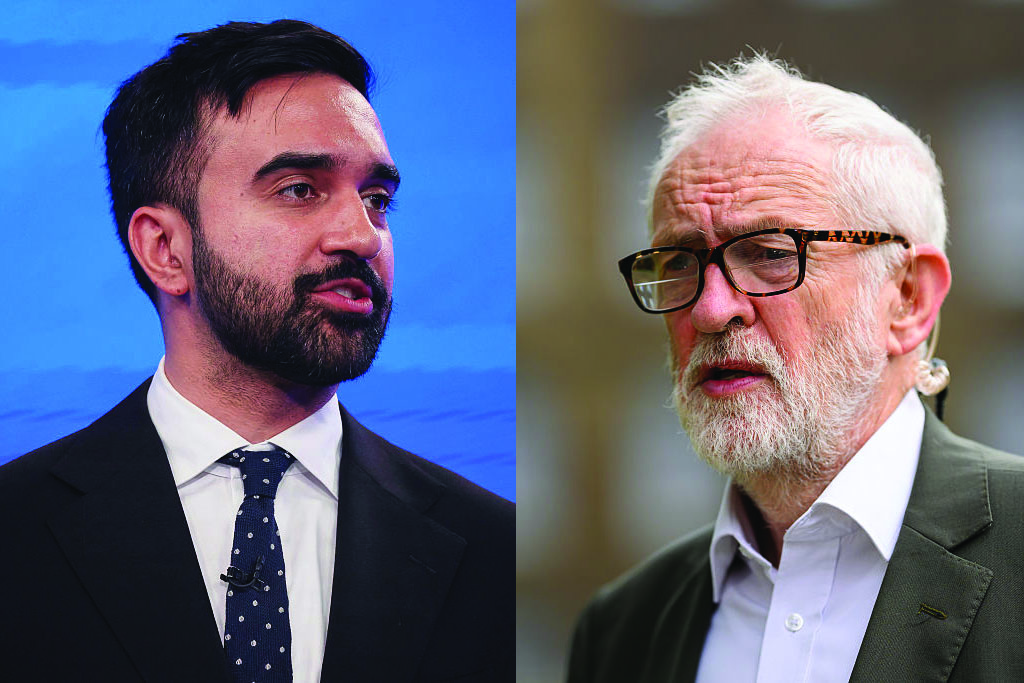


 More news and opinions than at a Shabbat dinner, right in your inbox.
More news and opinions than at a Shabbat dinner, right in your inbox.